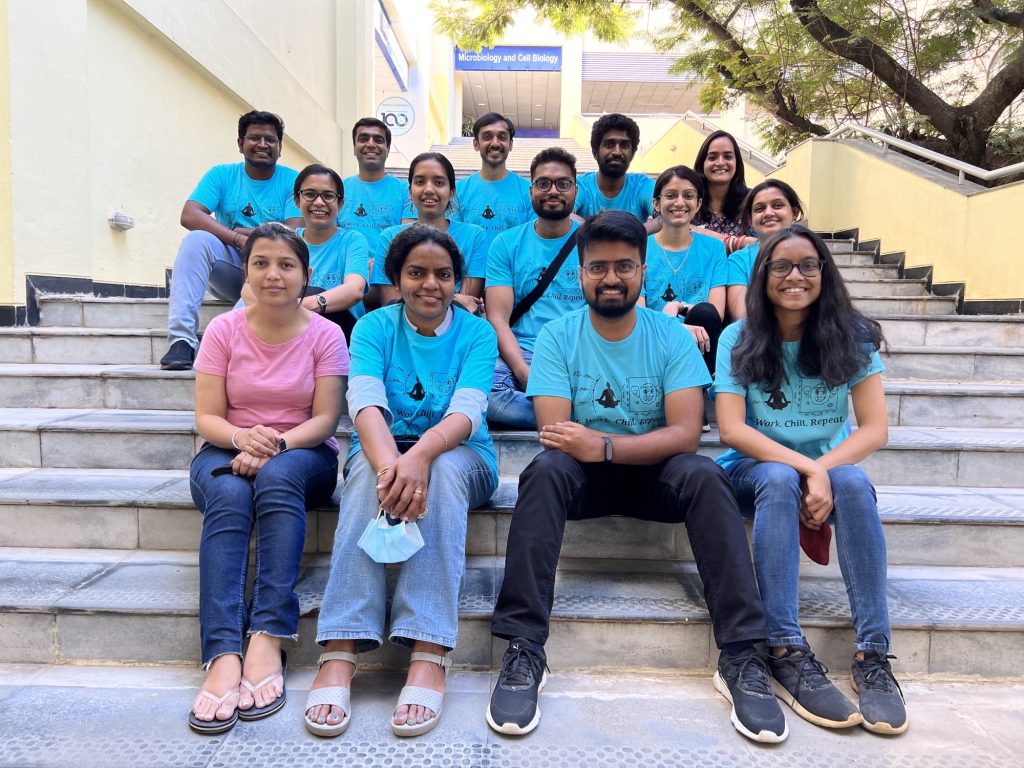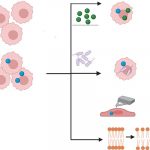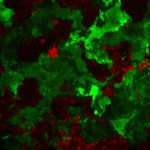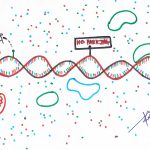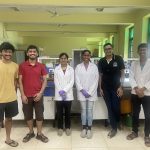Siddharth Jhunjhunwala’s lab seeks to uncover how immune cells drive health and disease
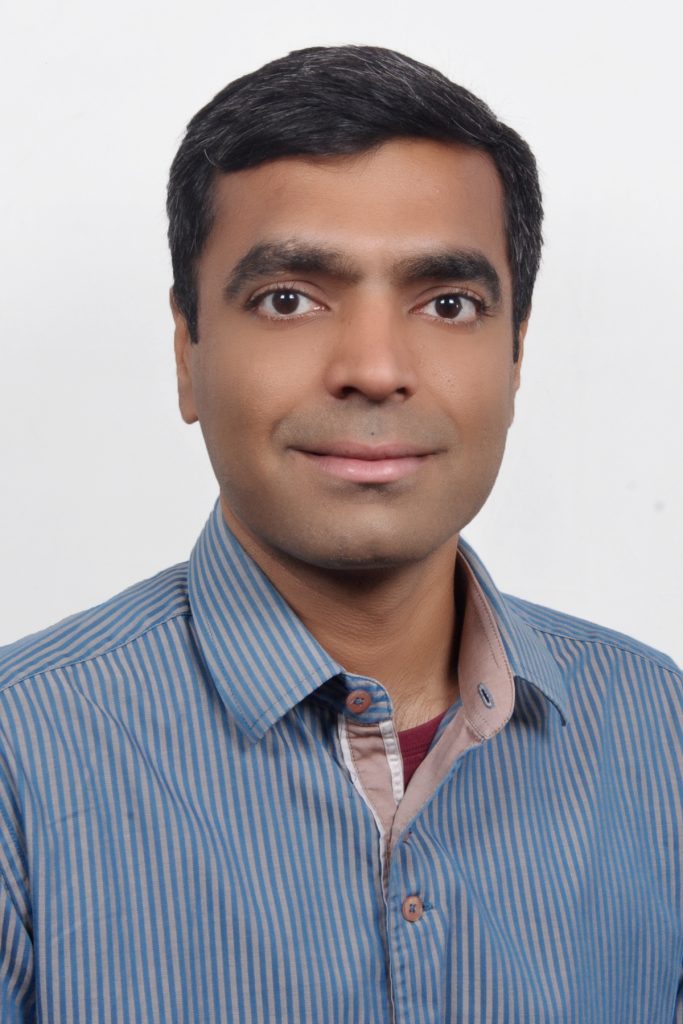
Our body’s first line of defence, the innate immune system, consists of specialised cells that orchestrate processes such as inflammation. Siddharth Jhunjhunwala, Associate Professor in the Department of Bioengineering (BE), studies two such types of cells: neutrophils and macrophages. His lab uses ideas from engineering to study how these cells interact with other players inside the human body, in health and in disease. By understanding these interactions, the lab hopes to find ways to control immune responses in order to treat diseases like diabetes.
Born in Chennai, Siddharth obtained an undergraduate degree in Biotechnology from Alagappa College of Technology, Anna University. As a kid, he enjoyed all subjects, but science seemed a “safe popular choice.”
“I enjoyed studying biotechnology,” Siddharth says. “I find it to be fascinating in terms of the research aspects that come from the questions you can ask. I feel like there’s a lot that we can do in this area that would benefit society and humankind in general.”
His strong interest in research took him to the University of Pittsburgh, where he completed a PhD in Bioengineering. After his post-doctoral studies at the Massachusetts Institute of Technology, Siddharth joined IISc as an Assistant Professor and set up the Immunoengineering Lab.
“We are trying to understand how immune cells like neutrophils and monocytes change, especially when they come in contact with biomaterials – that’s sort of the umbrella idea that our lab pursues,” shares Siddharth.
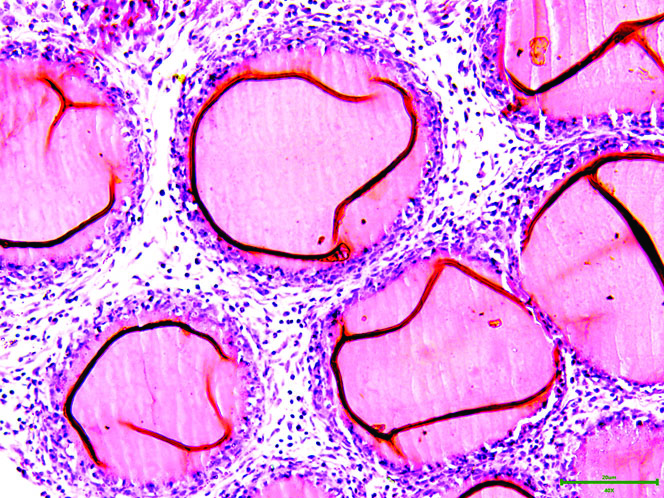
To study the action of immune cells, the researchers implant a piece of biocompatible material in the abdominal cavity of an animal model. This causes inflammation, activating and pulling a variety of immune cells to the inflamed region. These cells can induce several responses, one of which is the deposition of a layer of fibrous tissue on this foreign biomaterial.
The number of neutrophils that react to the biomaterial and how quickly they gather at the implantation site are measures of the extent of inflammation. “We’ve developed biomaterials that induce specific types of inflammation, allowing us to fine-tune the immune response,” Siddharth explains.
With this cleverly engineered model, the researchers are able to ask and answer some interesting questions, such as how does a single inflammatory event or multiple inflammatory events at local sites induce changes in the immune response in the entire body? How do multiple inflammation events affect neutrophil production, migration, and activity?
The goal is not just to get a fundamental understanding of these phenomena but also to use it to answer clinically relevant questions. Siddharth’s lab has zeroed in on diabetes, which has been on the rise globally. People who do not take medications regularly to control blood sugar levels are prone to other complications, explains Siddharth. “How do these complications develop and is there an immune involvement in their development, and if there is an immune involvement, can we modulate immune responses to treat that complication?”
In collaboration with clinicians, the lab has identified markers that predict how well diabetic foot ulcers – which affect one out of six patients with Type II diabetes – respond to treatment. “In a regular wound healing process, you have inflammation followed by what is known as immunomodulation, where the inflammation converts to a wound healing response by recruiting fibroblasts and other cells that promote wound healing. This [immunomodulation] process seems to be altered in diabetic individuals,” says Siddharth.
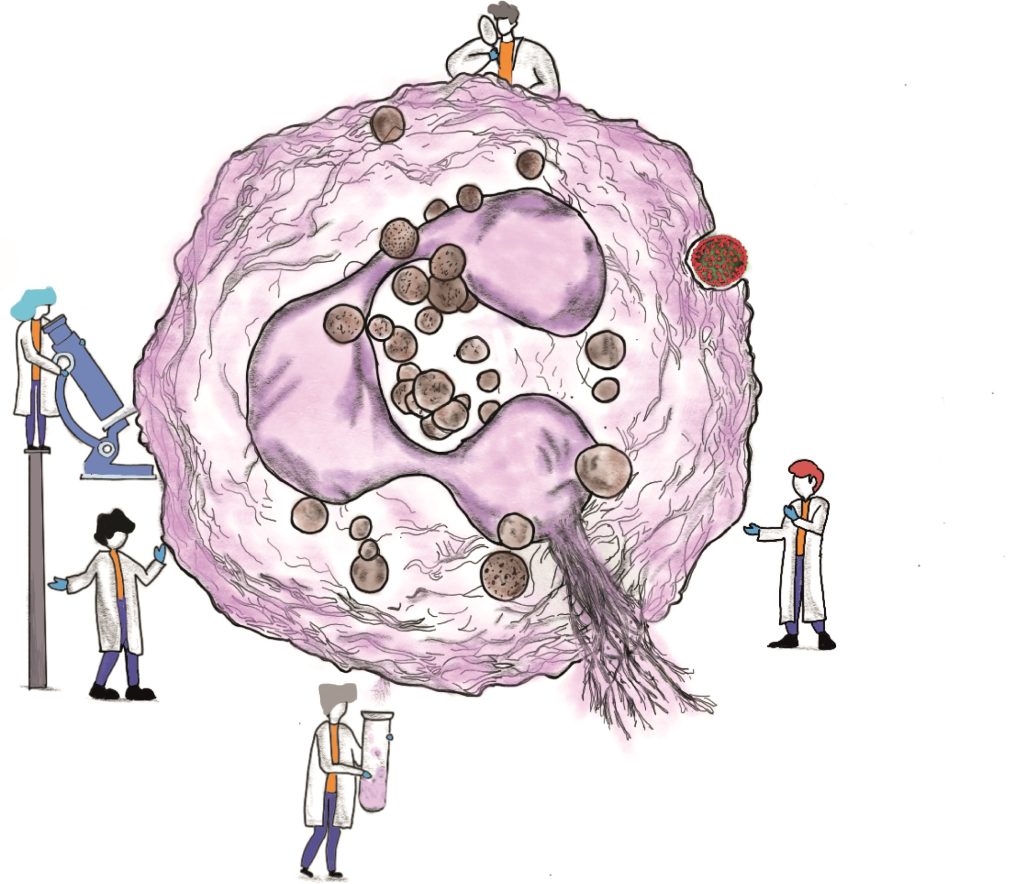
Another complication is Chronic Kidney Disease (CKD). By profiling immune cells, his team aims to understand how compromised immune cell function contributes to the development of CKD. In the end stages, most patients become dependent on dialysis. They are at a higher risk of infection and heart attacks compared to healthy individuals. Siddharth’s team investigates whether specific changes in the action of neutrophils and monocytes might be driving these complications. The group is also trying to understand how blood sugar levels change in individuals over a period of time, by tracking various parameters for patients and healthy subjects at regular intervals.
Siddharth says that his lab has benefited a lot from being in an interdisciplinary department like BE. “We get to see different types of research and different approaches to solving a problem or asking a question. What this ends up telling us is that there’s no one correct way to ask or answer the question.”
He adds that he enjoys both research and teaching. His only regret is that it doesn’t leave him with more time to play sports as he once used to. However, he does take time out for regular runs, which he finds deeply relaxing. In his free time, he likes to watch movies or find good coffee places. “I love food,” he says. “I like going out to eat.”
Siddharth has been recognised for his teaching and mentorship – he received the Priti Shankar Teaching Awardfrom IISc in 2018. To aspiring researchers, he suggests that apart from talent, a bit of optimism and perseverance can go a long way.
“Certain questions just don’t yield answers effectively because there is no good way to answer that question right now. Either the techniques don’t exist, or the answers are not very clear, or there could also be a question that was well framed, but the answers are not necessarily as easy to interpret. All of these can lead to setbacks,” he says. “But there is no substitute for hard work.”
